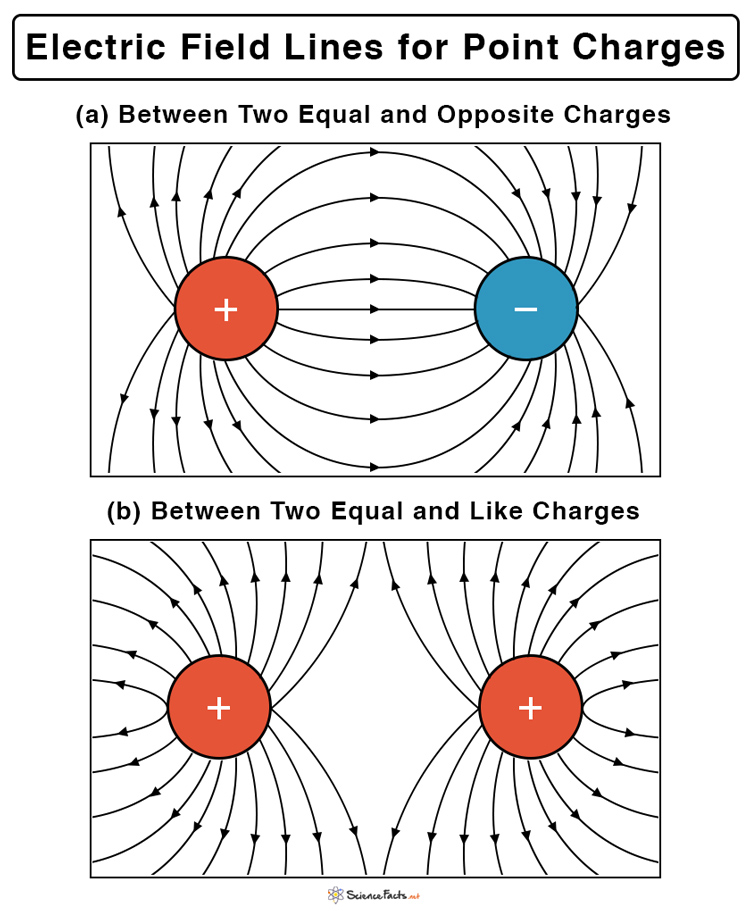how to draw electric field lines
In the world of physics, one fascinating concept is that of electric field lines. These lines provide us with a visual representation of the electric field surrounding charged objects. By understanding electric field lines, we can gain a deeper insight into the behavior of electrical charges and how they interact with one another. In this article, we will explore the definition of electric field lines, their properties, and even delve into the step-by-step process of drawing them.
Electric Field Lines: Definition and Properties
Electric field lines are imaginary lines that help us visualize the electric field around charged particles or objects. They depict the direction and strength of the electric field at various points in space. These lines always begin on positive charges and end on negative charges, forming a closed loop in a charge-free region. The density of the lines indicates the strength of the electric field: the more lines per unit area, the stronger the field.
One fundamental property of electric field lines is that they never intersect. This can be attributed to the principle that at any given location, there can only be one direction for the electric field. Consequently, if two field lines were to intersect, there would be conflicting directions assigned to that point, which is impossible. Therefore, these lines always maintain a unique direction throughout their path.
Another property of electric field lines is that they are always perpendicular to the surface of any conductor. This is due to the fact that electric charges tend to distribute themselves evenly on the surface of a conductor. For example, if we have a charged metallic sphere, the electric field lines will emerge radially from the surface, perpendicular to it.
Drawing Electric Field Lines: A Step-by-Step Guide
Now that we understand the definition and properties of electric field lines, let's explore the step-by-step process of drawing them. Here's a concise guide:
- Start by identifying the configuration of charges present in the system. Determine the locations of positive and negative charges, which will serve as the starting and ending points of the electric field lines respectively.
- Choose a reference point in the vicinity of the charges. This point will help you determine the direction of the electric field lines. Arrows can be drawn to represent the direction, keeping in mind that they should begin on positive charges and end on negative charges.
- Select an arbitrary point (preferably equidistant) around each charge and draw a short line segment from that point, making it tangent to the electric field arrow. This line segment will represent a small section of the field line adjacent to that particular charge.
- Repeat the process. Select another point around the first charge and draw another tangent line segment. Continue this iterative process until all the points around the first charge have been accounted for.
- Extend the field lines by repeating steps 3 and 4 for each charge in the system. It is important to note that the lines should be uniformly distributed and not cross each other.
- To enhance the visual representation, you can vary the length of the line segments to indicate the relative strength of the electric field. Longer line segments signify a stronger field, while shorter line segments represent a weaker one.
By following these steps, you can accurately represent the electric field lines in a given configuration of charged objects. Drawing electric field lines not only helps us visualize the electric field, but also aids in understanding the interaction between charged particles.
Conclusion
Electric field lines are a valuable tool in the study of electromagnetism. They provide us with a visual representation of the electric field surrounding charged objects, allowing us to gain insights into the behavior of electrical charges and their interactions. By following a step-by-step process, we can accurately draw these lines and capture the intricacies of the electric field.
Understanding electric field lines enables us to comprehend the forces experienced by charged particles, as well as the distribution of charges on conductive surfaces. The properties of electric field lines, such as their non-intersecting nature and their perpendicularity to conductive surfaces, further enrich our understanding of electromagnetic phenomena.
In conclusion, electric field lines are a powerful tool in the physicist's arsenal, unraveling the mysteries of the electric field and shedding light on the nature of electrical charges. Whether you are a physics enthusiast or a professional in the field, exploring and appreciating the intricacies of electric field lines is an illuminating journey.
Sources:
- Electric Field Lines: Definition, Properties, and Drawings
- How to Draw Electric Field Lines: 9 Steps (with Pictures)
